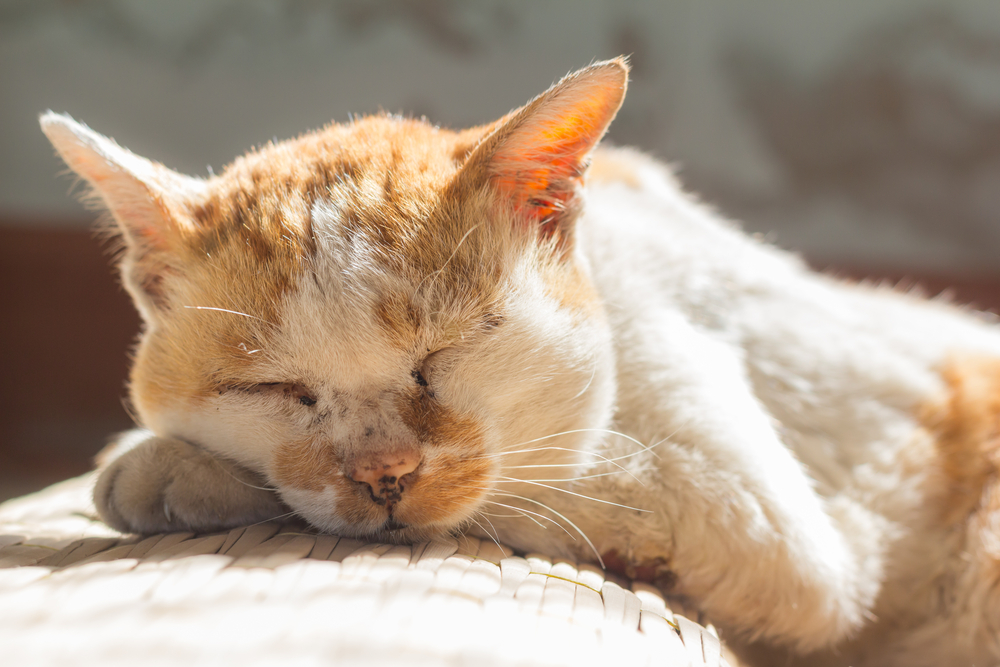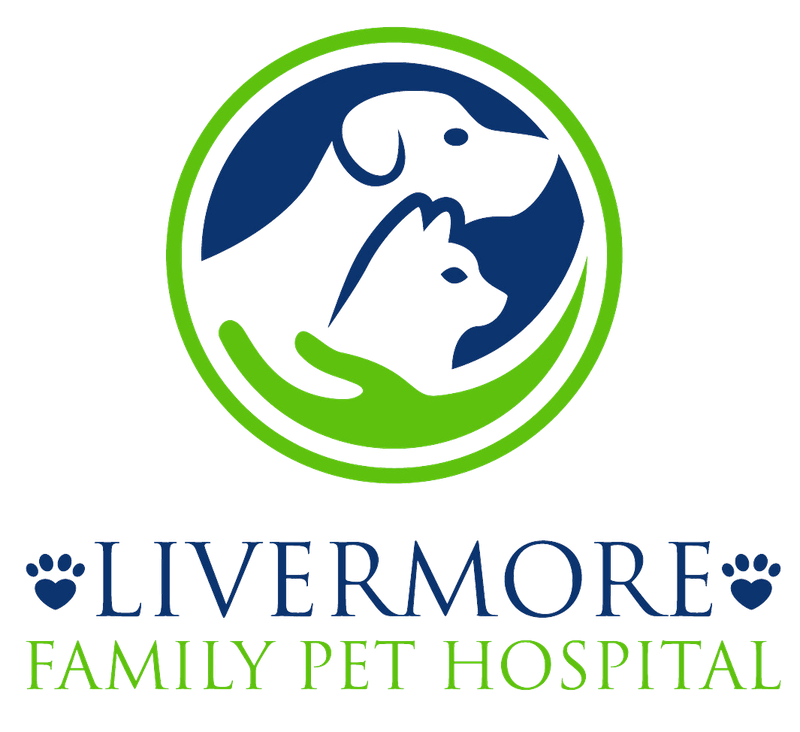
We all deserve a high-quality life in which we continue to enjoy some of our favorite activities and can independently continue to perform most activities of daily living such as eating and bathing—and the same is true for our pets. Quality of life becomes an especially important topic as pets age, because they often develop health conditions that worsen over time. Learning to assess your pet’s quality of life can help you evaluate their comfort and happiness, and identify pain and suffering signs that negatively affect their wellbeing. A quality-of-life scale is an invaluable tool that can help you remain objective when evaluating your pet’s health. Our Livermore Family Pet Hospital team explains how to use a quality-of-life scale to assess your beloved senior pet’s comfort and happiness.
Benefits of using a quality-of-life scale to assess your pet’s wellbeing
When caring for a senior pet—especially one with chronic health conditions—you may ask your veterinarian how to determine whether your pet is suffering, and when the time will be appropriate to let them go. While some pet owners think they simply will know when the time is right to say goodbye to their beloved animal companion, the situation is not always clear. Your pet cannot tell you when they are in pain, and a tangible tool can help guide you through the decision-making process. A quality-of-life scale helps you objectively evaluate your pet’s wellbeing by recommending that you think about their daily life and the factors that contribute to their comfort and happiness. When faced with making difficult end-of-life decisions for your senior pet, considering a quality-of-life scale—along with your veterinarian’s advice—can help you know when letting them go is appropriate.
A quality-of-life scale assesses your pet’s key health elements
A quality-of-life scale helps you assess your pet’s essential health elements that make life worth living such as their appetite, mobility, energy and pain levels, and overall wellbeing. By considering each of the various categories, you can develop a clear sense of your pet’s overall health. Some common quality-of-life scale categories include:
- Pain — Is your pet’s pain well-managed, or are medical and alternative therapies no longer working? Pets are stoic, and often hide their discomfort, preventing you from recognizing their illness signs until the pain becomes so severe their behavior drastically changes. Chronic pain can significantly decrease a pet’s quality of life.
- Hunger — Some medications and illnesses may cause your pet to become nauseous.In addition, your pet may be in too much pain or discomfort to tolerate food. Chewing and swallowing difficulties can also prevent your pet from eating. Do you have to feed your pet through a syringe or tube? When your pet loses all interest in food, or is in too much pain to eat, they cannot take in enough nutrition to maintain bodily processes, and their quality of life suffers.
- Hydration — A pet who vomits often may not be able to keep water down, becoming dehydrated. Does your pet need fluids administered under their skin to maintain hydration? Adequate hydration is essential to a pet’s quality of life.
- Mobility —Many senior pets have difficulty moving around on their own, and require assistance to stand, eat, drink, and eliminate. When a pet’s mobility is limited, they can lose their ability to move around and experience their environment. When a pet is immobile, their hygiene can also suffer, as it can be challenging to keep them clean.
- Hygiene — Is your pet able to eliminate appropriately, or are they incontinent, and developing sores and infections from urine and feces? Hygiene is an important indicator of your pet’s overall health.
- Happiness — Does your pet appear happy, continuing to find joy in their favorite activities? Senior pets who have debilitating health conditions often avoid interacting with their family, and hide from people. Think about what brings your pet joy, and whether they can continue to enjoy those activities.
Tips for using a pet quality-of-life scale

Objectively assessing your senior pet’s quality of life can be challenging. When you evaluate your senior pet’s wellbeing by completing a quality-of-life scale, follow these tips:
- Compare day and night wellbeing — Complete the quality-of-life scale at different times of the day, and note any fluctuations. Senior pets who have adverse health conditions tend to do worse at night, and better during the day.
- Get several perspectives — Ask several people who know your pet well and interact with them often to assess your pet’s wellbeing by completing a quality-of-life scale, and compare observations.
- Photograph your pet — Regularly photograph your pet, and observe how their physical appearance changes over time.
Your pet’s quality of life can be difficult to evaluate objectively, and a quality-of-life scale can help you make a straightforward assessment of their comfort and happiness. In addition to using this invaluable tool, you should confer with your veterinarian. Our Livermore Family Pet Hospital team is prepared to answer your questions, provide additional resources, and support you through the decision-making process. Contact Livermore Family Pet Hospital for guidance when you are evaluating your pet’s comfort and happiness.

